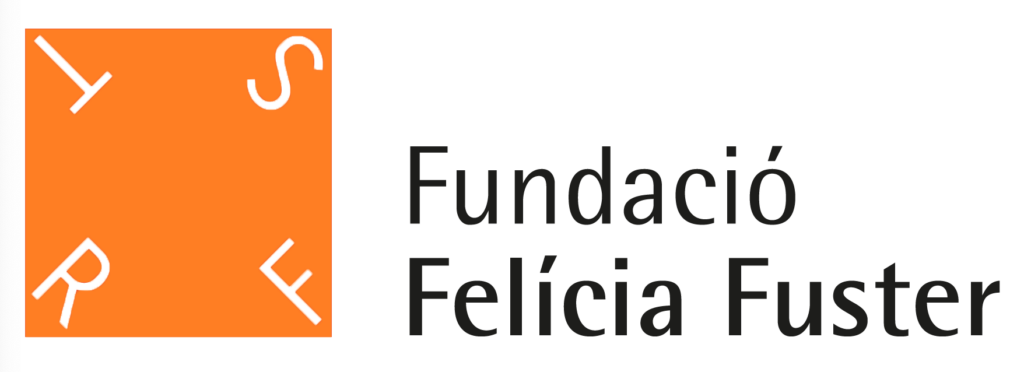Felícia Fuster’s work begins to develop from the parameters of an expressionist figuration, to abstract resolutions, elaborating genuine signs and spaces.
Felícia Fuster i Viladecans was born on 7 January 1921 in the Barceloneta district of Barcelona where her mother’s family had an ironmonger’s and sailing equipment shop just in front their home.
From her early childhood, Felicia was surrounded by all kind of tools, such as saws, nails, hammers and hinges. Thus, her world was very different from those of other girls of her age. Hers was a very active and, to some extent, creative family. Her father, Ramon Fuster, was a crystal radio enthusiast who built them himself; and her grandfather Rafael Viladecans was a self-taught sketcher. Little Felícia inherited both skills: an extraordinary talent for manual and mechanical work and for drawing and painting. Her favourite toys were a blackboard and coloured chalks, although she had other toys and a dog.
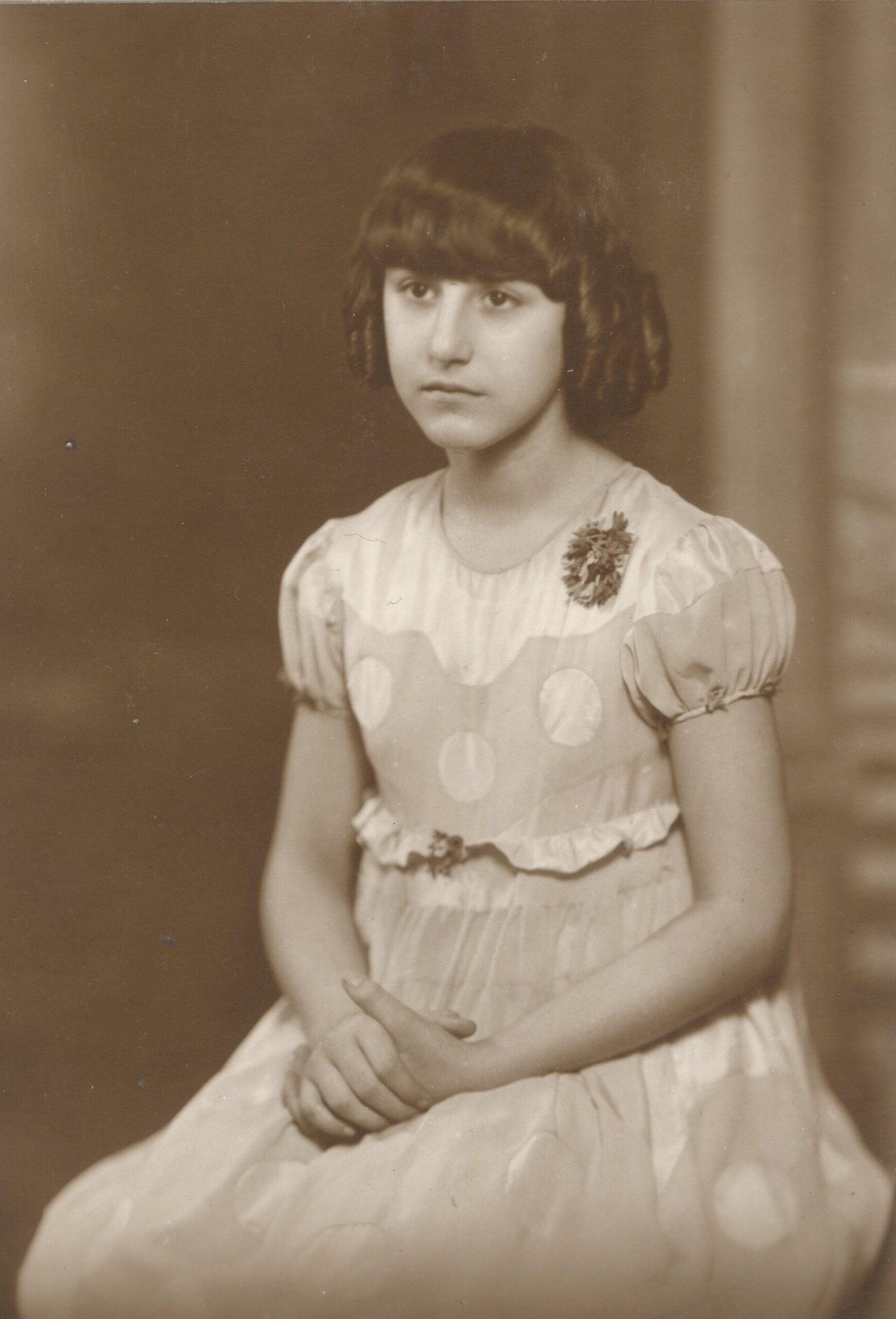
Felícia Fuster began her formal education at a private girl’s school in Carrer Jaume I. Her first, teacher, Teresa Calvet, unleashed the young Felícia Fuster’s ability and interest in studying. In 1932, when she was ten years old, Felícia Fuster enrolled at Institut de Cultura de la Dona (Women’s Cultural Institute), a modern school founded by Francisca Bonnemaison, where she always got outstanding marks.
At that age she was already a natural painter of uncommon perfection. Her drawing teacher, Josep Francesc Ràfols i Fontanals, was so struck by her ability that he invited her to join a course he was giving at the Escola Dalmases school. It was a course for architecture students who were twice Felícia Fuster’s age but she was not at all out of place there. Josep Francesc Ràfols i Fontanals, who had become a mentor to Felícia Fuster, recommended her parents to enrol her in Escola Massana.
Because of Felícia Fuster’s age, Josep Francesc Ràfols i Fontanals had to overcome many administrative barriers to enrol that nascent young artist in Escola Massana. There were night lessons so people could attend to them after work. This enabled Felícia to combine her art lessons with her secondary education at Institut Maragall. Felícia Fuster disappointed no one in her double dose of studies with another round of top marks. At Escola Massana she studied painting, composition and glass engraving among other subjects. She also found time to attend the well-known Academia Marshall, the music school that Enric Granados and Frank Marshall had founded in Barcelona. There she also proved to have an extraordinary ability and talent for playing the piano getting excellent marks again.
She spent the three years of civil war (1936-39) in the magnificent villa called Casal Felícia that her grandparents owned in Castellterçol. She could sometimes stay in Barcelona, where she was able to continue her studies, probably with some obstacles. At that point, Felicia had a life without temptations or obligations. Nevertheless, she did have worries, uncertainty and some health problems.
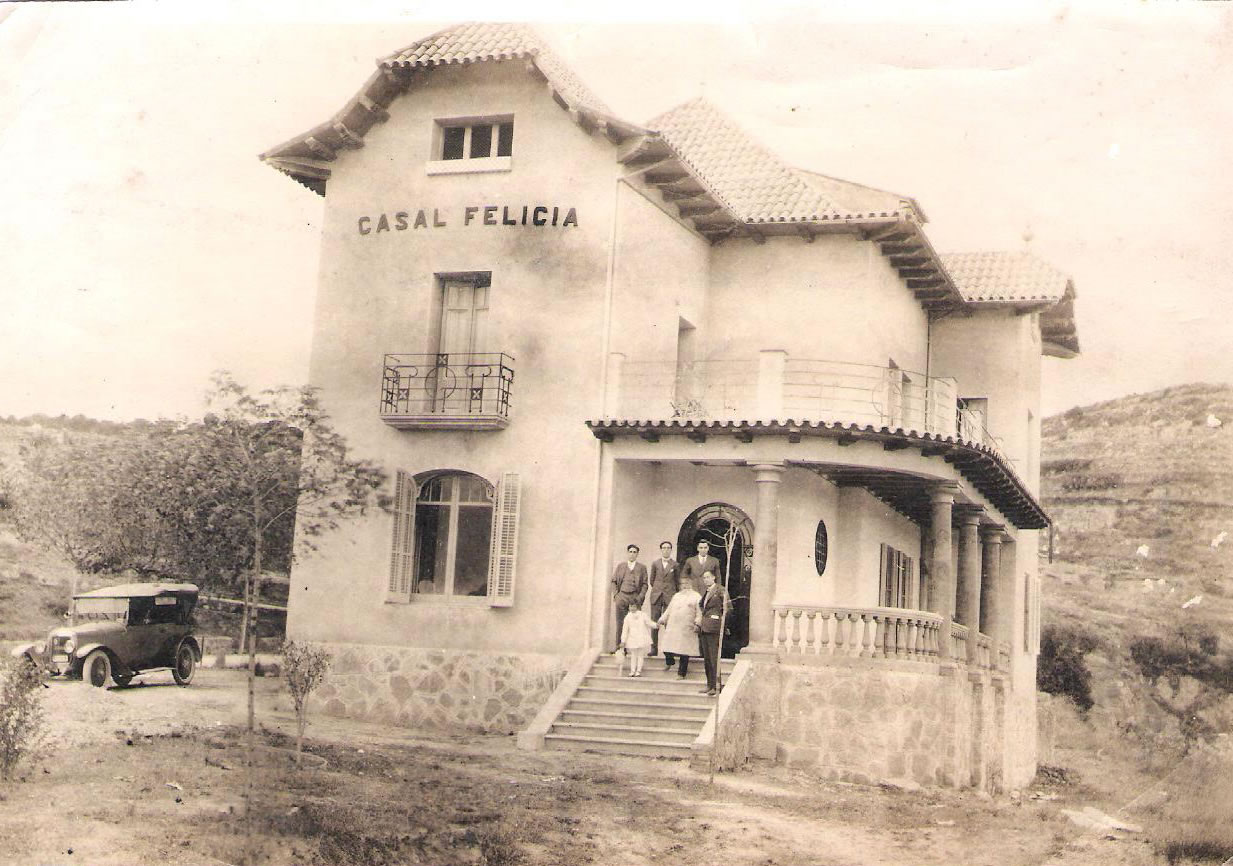
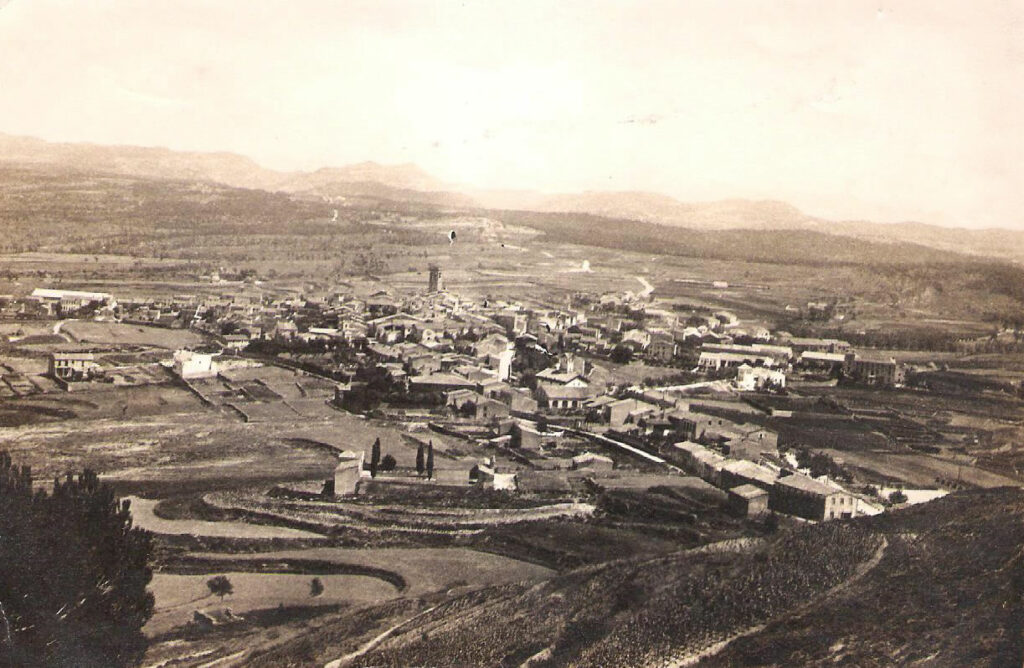
When the war ended Felícia Fuster was able to complete her secondary education and on 16 March 1942 she took the fearsome State Examination in which she got a B, although considering how strictly marked it was, that was comparable to an A in an ordinary exam.
She enrolled in Escola Superior de Belles Arts de Sant Jordi where she qualified as a drawing teacher in 1947. She went on an end-of-course trip to various parts of Castile with a group mainly made up of boys. Some of them formed an avante-garde group of their generation known Los Últimos [The Last Ones]. The founding members were Manuel Díez, Jorge Esteve, Juan Rebled, José Santiáñez, Juan Sirvent and Felícia Fuster and they started with a group exhibition in Galeries Syra in May 1947. While the experience was short-lived, their friendship, thirst for knowledge and desire to learn and develop endured. Manuel Díaz, for example, was one of Felícia Fuster’s best friends to the day he died. They were all just as eagerly beginning artistic carriers that developed in different ways.

In 1949, Felícia Fuster took part in the National Exhibition of Decorative Arts in Madrid, showing high quality glass pieces. She won a third-class medal. A year later, in 1950, when she was 29, she travelled to Paris and in 1951 she finally settled there. Straight away she began to give Spanish classes at the Berlitz Academy and did various artistic jobs including glass engraving and painting silk handkerchiefs.
She got married in 1954 and left her job as a teacher but she sporadically continued to create artistic and literary works. In 1958 she took part in Salon de l’Art Livre and one year later in Glass 1959, a group exhibition organised by Corning Museum of Glass (Corning, New York). She presented a vase, titled Vase, which the museum acquired for its own collection.
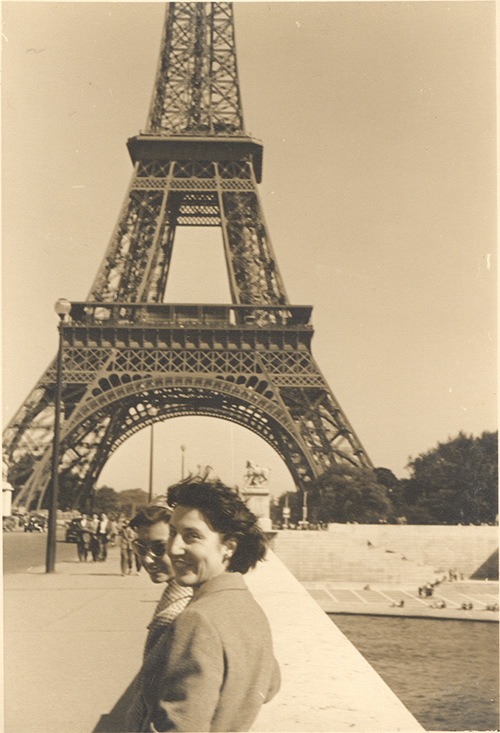
Between 1961 and 1970 she worked intensively at prestigious advertising agencies (Elvinger, Young and Rubicam) doing administrative and management tasks. She did not make any graphic creation there as she thought that a creative job would be an obstacle to resuming her artistic work in the future. As she was specialising in subjects she then knew little about, she studied economics and in October 1970 she was awarded with the Diplôme d’Études Supérieures Économiques du Conservatoire National des Arts et Métiers. Her financial situation gradually improved until she divided her time between paid and creative work. In 1981, she was able to devote all of her time to artistic and literary creation.

In 1983 she was chosen as a finalist for the Carles Riba poetry prize for Una cançó per a ningú i trenta diàlegs inútils. She had always written but had made no attempt to divulge her work until a childhood friend, the great archaeologist Miquel Tarradell, suggested she should enter her poems for that prize. Despite the fact that Felícia Fuster hesitated, the result could not have been better.
The members of the jury included Maria-Mercè Marçal, the great catalan writer which was, in that moment, a young poetess. From that point on, she and Felícia enjoyed a close friendship, which was only broken by Maria Mercè’s death. Felicia’s shortlisted work, Una cançó per a ningú i trenta diàlegs inútils, is a melancholic masterpiece, expressed in an intricate Catalan, perhaps of the kind spoken in her native Barceloneta in 1921. This would be followed by other works such as I encara [‘And What’s more…’] which won the Vicent Andrés Estellés Award in 1987.
Fuster’s published literary work has now gained recognition among erudite and academic circles such as the Col•legi Oficial de Doctors i Llicenciats en Filosofia i Ciències i Lletres [Official Association of Doctors and Graduates of Philosophy, Science and Humanities], the PEN Club and the universities. In the Balearic Islands it has even been included in a Ph.D. programme. Her published works include a set of short stories, poems and a long novel, Aquells fanals, which contains many autobiographical elements.
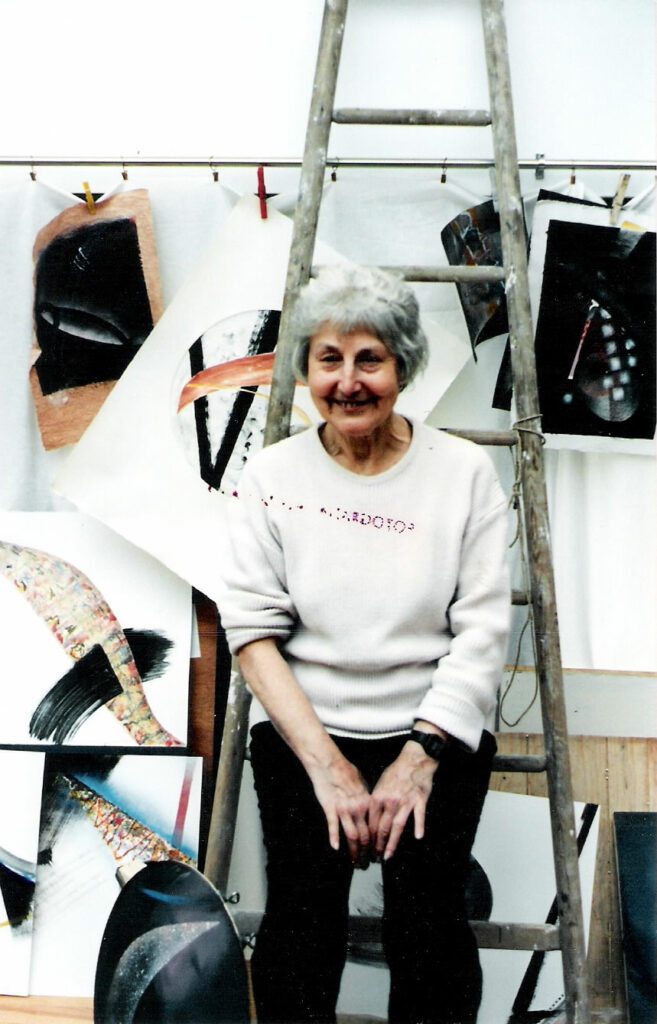
Alongside her literary work, which got a late recognition, she continued with her paintings, which have not enjoyed the same recognition in spite of their undeniable quality and originality. She was an experienced painter and developed an abstract style of her own, which she called Plurivisió. This is an abstract form of painting which has the peculiarity of enabling different vision angles. Some of these works whirl by means of a mechanical device patented by Felícia Fuster herself, allowing different approaches to the same painting and suggesting different interpretations.
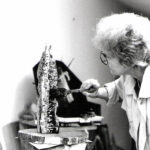
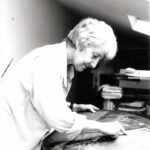



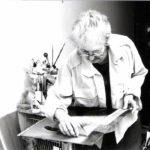

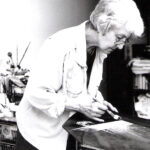
Felícia Fuster travelled throughout her life to different countries in Europe, Africa and Asia, often straying off the beaten track and trying to see beyond touristic attractions. Two trips were especially important for her: Japan in 1986 and China in 1995. She felt a keen fascination with Japan and a great interest in Japanese poetry, which led her to study, translate and compose outstanding tankas and haikus. In China she caught a dangerous virus. It led her to the edge of death.
By the time Felícia Fuster travelled to China she was an elderly lady, although she had and extraordinarily good health and vitality. She painted and wrote with the same enthusiasm as she managed her financial affairs. Nevertheless, when she came back from China, her life was turned upside down by the virus. After spending varying periods in different hospitals in 2001 she was moved to a nursing home in her adopted Paris. There her life faded away in march 2012.
Summary of biographical study written by Maria Elvira Silleras, Barcelona 2006

Felícia Fuster’s admirable last gesture was to set up the foundation named after her. It is based in Barcelona and has three main aims: the first one, is to provide funding for people who lack financial resources to enter higher education, preferably people from Orphelins d’Auteuil in Paris. Another purpose is to provide grants for artists carrying out their own projects. Finally, the foundation also aims support people studying Catalan at Ph.D. level or enrolled on Catalan further education abroad. That includes whether linguists, authors or poets who whish to spread Catalan out of their country.
